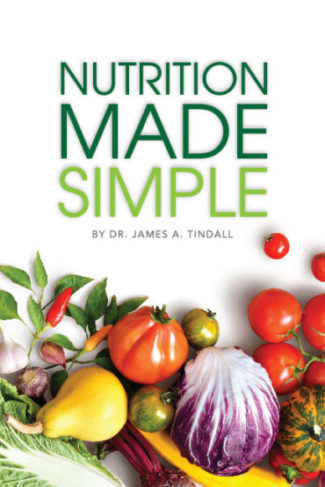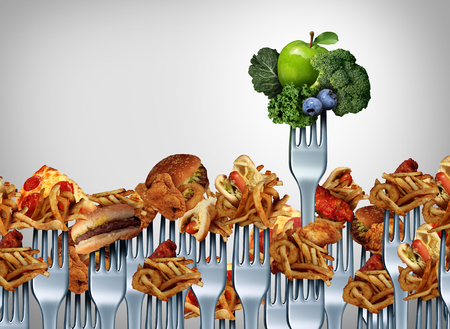Have you ever wondered about these big three health issues? You should know as much as you can about them. Following are some basic information for each that will help you in your health goals.
Fat
Did you know that fat cells are permanent in the body and that they can grow up to 1000 times their original size? They have what is called capacity – once a fat cell reaches its maximum capacity, your body produces a new fat cell to store additional fat. And, as you gain more fat and exceed the capacity of once cell, your body produces another – on and on until you decide to do something about it.
There is a problem with this though, although you start going to the gym and exercise and burn the fat, you do not reduce the number of fat cells. This is because fat cells also have something called permanence, i.e., once a new fat cell forms, you cannot simply get rid of it. You can only decrease its size.
Advertisement: Amazon (click on photo for more info)

Additionally, there is the number of fat cells you must consider. Adults that are non-obese generally have 30-50 billion fat cells while obese adults generally have 60-100 billion fat cells. And, those with more fat cells will find themselves gaining weight more quickly if they do not live an active lifestyle. There is also the distribution of fat cells to consider. For most, this is around the midsection and hips.
Metabolism
Metabolism refers to all the activities that take place in your cells and is a combination of all the activities that continuously take place in your body. Think of your metabolism as breaking down and building up.
When your metabolism breaks something down, it creates energy. For example, when your metabolism breaks down carbohydrates, fat, and protein in the food you eat, energy for your activities is created. This energy is stored in your liver, body fat, and muscles. During this process, waste products are created and removed from your body such as when you sweat, exhale or go to the bathroom.
During buildup, energy created through metabolic processes is used to build. As an example, energy created is used to build new material needed by your cells; for tissues to repair and maintain your muscles, bones, and skin and for stores of energy in your liver, muscles, and body fat.
In short, your body needs energy for everything, from reading to thinking; from breathing to walking; and from exercising to sleeping. Therefore, you need to be conscious of your metabolism and learn it well. What makes your metabolism speed up or slow down? A knowledge of your metabolism can help you with any weight issues you may have.
Cholesterol
When was the last time you had your cholesterol checked? What is a normal cholesterol level? Following are examples of normal cholesterol levels – good and bad:
Total cholesterol
Optimal (desirable) cholesterol – less than 200 mg/dL
Borderline high risk – 200-239 mg/dL
High Risk – 240 mg/dL and higher
Generally, individuals in the high-risk category have two times the risk of heart disease compared to those with an optimal level of total cholesterol. And, if you didn’t know it, heart disease is the number one killer in the U.S. According to the CDC
- About 610,000 people die of heart disease in the United States every year–that’s 1 in every 4 deaths.
- Heart disease is the leading cause of death for both men and women. More than half of the deaths due to heart disease were in men.
- Coronary heart disease (CHD) is the most common type of heart disease, killing over 370,000 people annually.
- Every year about 735,000 Americans have a heart attack. Of these, 525,000 are a first heart attack and 210,000 happen in people who have already had a heart attack.
HDL (good) Cholesterol
Optimal (desirable) – 40-60 mg/dL
The higher your HDL cholesterol, the better. A level of 60 or more is considered to protect your heart. An HDL level below 40 is considered low.
LDL (bad) Cholesterol
Optimal (desirable) – less than 100mg/dL
Borderline high – 130-159 mg/dL
High – 160-189 mg/dL
Very high – 190 mg/dL or higher
Generally, the lower your LDL cholesterol, the lower your risk of heart attack and stroke. We are all, biochemically different thus, individual recommendations for cholesterol levels can vary depending on your current health conditions, risk factors for heart disease, stroke or other diseases, and whether you are taking certain medications. If you have not had your cholesterol checked in a while, you should do it soon.







